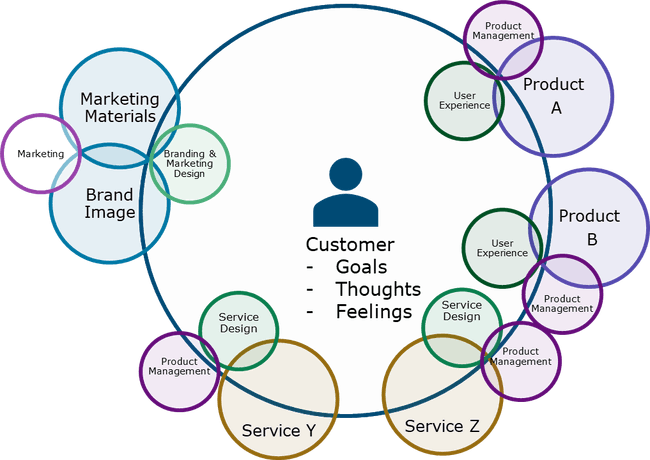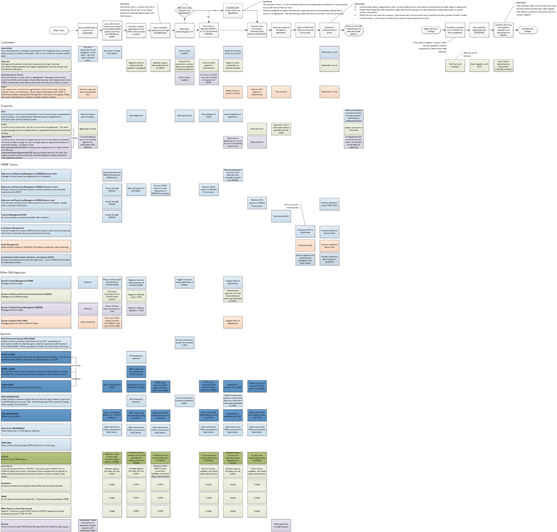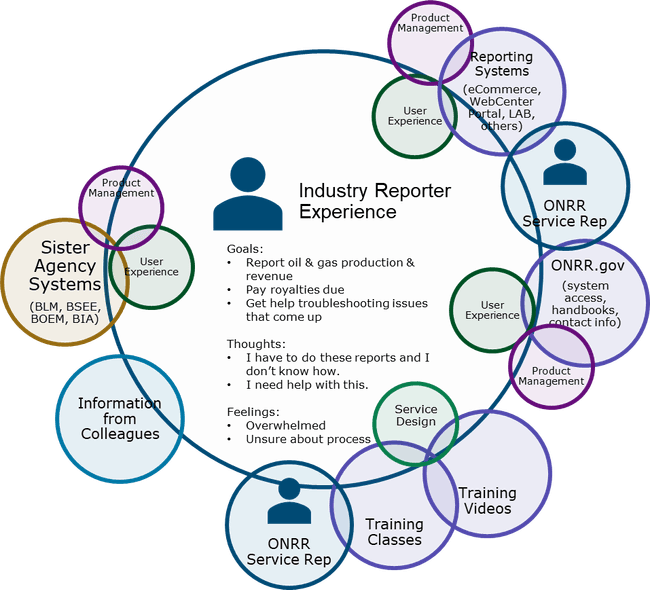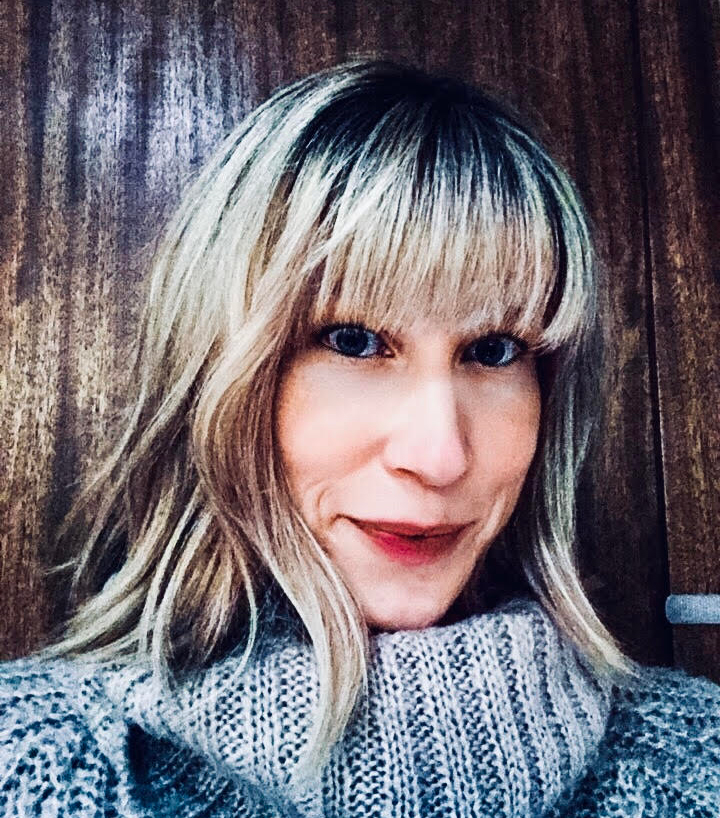With the new Executive Order on Transforming Federal Customer Experience and Service Delivery to Rebuild Trust in Government (Executive Order 14058), Customer Experience (CX) has become a buzzword in the federal government. Let’s take a look at what it is.
Listening to customers is not only good for citizens, it’s the law.
Customer focus
CX is about the customer. The customer is the center of the experience. It requires looking at everything from the customer’s perspective. Customers can be anyone who uses a product or service within your agency. They are not just people who are making a financial transaction.
Goals, thoughts, and feelings
Customers have goals, thoughts, and feelings about an experience. CX focuses on those goals, thoughts, and feelings. Those elements allow us to gauge how well the experience allows the customer to achieve their goal.
Products and services
Customers interact with many products and services to accomplish their goals. CX looks at all the touchpoints along the way towards accomplishing the customer’s goal.
Design
How products and services are designed impacts the experience. User experience looks at the experience with individual products in the process. Service design looks at the experience of services, and brand and marketing design look at the experience with marketing materials and branding.
Product management and marketing
Product managers and marketers tie the customer’s experience to everything else. They ensure other factors are taken into account, like business goals and other stakeholder needs.
The whole experience
CX looks at the customer’s whole experience. It’s important to look at all the touchpoints the customer has and their experience with them. For example, when we wanted to look at the customer experience for adding lease level data to the Natural Resources Revenue Data website, we looked at the whole customer journey. We looked at the path the customer takes & their pain points along the way. We then added in important context, like if they’re dealing with wells, leases, or agreements. Then we added in the ONRR teams who customers interact with and looked at how other agencies are part of the process. Throughout this process, we looked at all the systems involved and then put it all together.
View the full journey map (PDF)
We needed to understand the full picture. This allowed us to understand how people would use the new data, narrow down the problems to solve, and understand important context for solving those problems.
How we use CX on our websites
Our websites, revenuedata.doi.gov and onrr.gov, are often our first point of contact with our customers. We have a duty to provide those customers with an excellent experience. Understanding the whole picture of how they use those websites is the best way to do so.
Natural Resources Revenue Data (NRRD)
We’ve been working with our public facing data website for several years now. Our customer experience approach is fully baked into our process. The Natural Resources Revenue Data website’s goal is to provide timely and transparent resource revenue data to the public. Our customers come to the website to get information rather than input information or request help. We’ve streamlined this process by continuously checking in with our customers. We conduct regular user research and proactively provide data and information to our customers when we determine a need.
ONRR.gov
We have been fully redesigning our second website, onrr.gov, which serves as our liaison between industry and ONRR. Our external customers use this website to report production of natural resources and pay required royalties. Our internal customer service providers also use this website as a reference and to assist customers. Customer Experience has been integral from the beginning of the redesign process. We’ve involved all our stakeholders many times along this journey and have designed the site to meet their needs. We’ve streamlined contact information and added a new troubleshooting guide to cut down on redirected calls to internal customer service providers. We’ve also enhanced the new reporter checklist to make it easier for new reporters to get started. We’ve also redesigned the reporting handbooks to make the reporting and paying process easier. We’ve also committed to making our website and linked documents accessible to all.
Conclusion
Customer Experience may be a new buzzword in the federal government but it’s not a new concept within our organization. We’ve made it part of our vision for the future.
Office of Natural Resources Revenue’s vision statement:
“To deliver excellence in public service as the nation’s most trusted steward of natural resources revenue.”
 Open Data, Design, & Development at the Office of Natural Resources Revenue
Open Data, Design, & Development at the Office of Natural Resources Revenue








